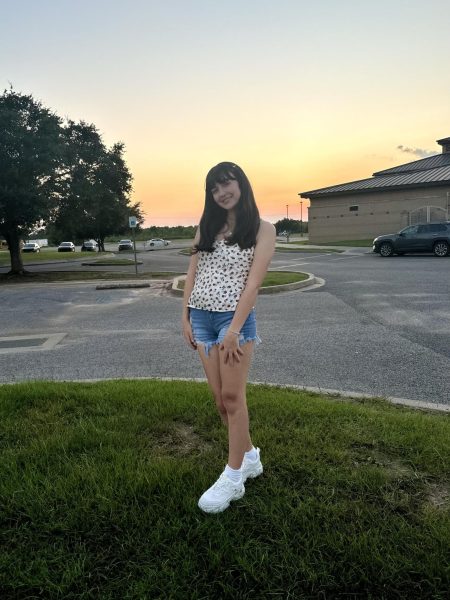This year, I am a junior, and I am taking my first AP English class: AP Literature. English has always been my favorite subject in school, and I find so much joy in reading and writing. So when I saw just how many options there were for summer reading, I was super excited.
The list of options was pretty long, and each of the books had been described by College Board as having ‘literary merit’. I was determined to find a great book from this list that I would completely enjoy reading, but after reading each of their reviews on Amazon, I was disappointed. None of the premises stuck out to me, but I slowly realized that books are much better while reading than reviews or summaries can describe. I went with my heart and decided to read The Botanist’s Daughter by Kayte Nunn, and it was a perfect decision.
The Botanist’s Daughter follows two plotlines at once: an Australian woman named Anna in 2017, and an English woman named Elizabeth in 1886. Although the two characters are quite distinct, they grow to be more and more similar as the story progresses.
In the beginning of the book, Anna has just inherited her late grandmother’s house and is preparing to have construction done on it. To her surprise, inside the walls of the home, there was an array of unknown artifacts, including jewelry, a journal, a photograph, and a bag of seeds. Although Anna comes off as passive, her curiosity overtakes her and she undergoes a journey to England to figure out what each of the items really mean.
Meanwhile, in the late 19th century, Elizabeth is grappling with the death of her father. She vows to take on her late father’s work and take her own journey to Chile to discover and bring home a very dangerous plant: the devil’s trumpet.
The story’s two strong (and lovable) protagonists are the driving force of the story. As both of them struggle with heartbreak as well as new romances, they always find a way to stay true to themselves. The book is heavily guided by the ambition of the two protagonists, and although there are other characters involved, the women aren’t led astray from their morals and lifestyles for the sake of anyone else.
I absolutely loved The Botanist’s Daughter. From immersive imagery to captivating adventures, there is something in this book for every reader. As someone who has never really read historical fiction, I can guarantee that this story is exciting, vibrant, and attention-grabbing from the very beginning. The characters are relatable, but the plot remains interesting and unlike anything I have ever read before.
Sometimes, writing about a book for your English class can be uninteresting. Students all over the world dread reading another book that they won’t resonate with or understand. Finding The Botanist’s Daughter among a dense list of books made my writing assignment both enjoyable and interesting. It was the perfect summer read for me, and I will wholeheartedly recommend it to anyone who asks.


Justyna Frederick • Sep 1, 2023 at 12:34 pm
Congratulations, Ellie.
Your delight in the book was transmitted through your light but easily followed handling of the plot and your words were mature and expressive
It was enjoyable to read the thoughts of a high school student I once taught in lower school art class.
Mrs. Lobello • Sep 1, 2023 at 9:25 am
Ellie, your article made me smile so big! Also, I am elated that you shared your positive reading experience with everyone. This year, National English Honor Society has a scholarship writing contest opened to 12th graders based on this book. Any interested seniors can talk with me to get more details.